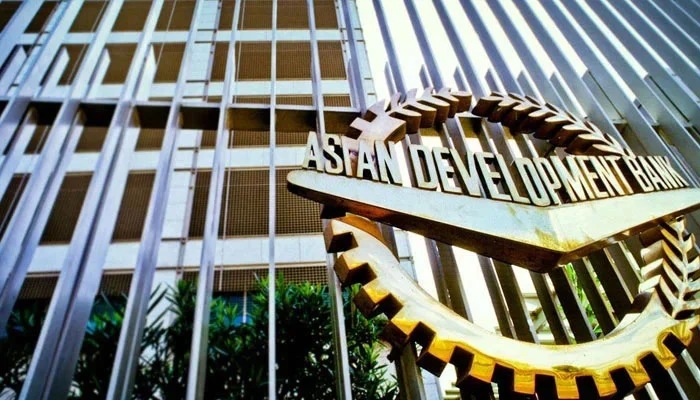
- ISPDP funding aims to reduce poverty among vulnerable women and families.
- Additional funding strengthens BISP’s capacity for climate resilience measures.
- The ADB has committed $52 billion to Pakistan since 1966 for economic development.
The Asian Development Bank (ADB) has approved additional financing of $330 million to strengthen federally administered social protection initiatives in Pakistan. News reported.
Announced on Wednesday, the performance-based loan will support the ongoing Integrated Social Protection Development Program (ISPDP), strengthening poverty reduction efforts targeting disadvantaged women and families at the local level.
The initiative aims to strengthen the Benazir Income Support Program (BISP), Pakistan’s main social protection agency, by introducing adaptive and climate-resilient measures to modernize and expand its services.
This includes improving access to education for children and youth from poor families and increasing access to health services and nutritional supplies for beneficiaries in disaster-prone areas.
“This program strengthens Pakistan’s efforts to improve human capital development and reduce intergenerational poverty, particularly for women who are disproportionately affected by economic hardship,” said ADB Managing Director for Asia Central and Western, Yevgeniy Zhukov.
“The additional financing from the ADB will strengthen the government’s capacity to further reach Pakistan’s poorest and most vulnerable. »
Initially approved in December 2021, the ISPDP includes a $600 million ADB Regular Capital Resources loan, a $3 million grant from the Asian Development Fund, and a $24.48 million co-financing grant. dollars from the Education Above All Foundation.
The $627 million program, implemented in 2022, has reached significant milestones.
“The program is working well. It has increased access to primary and secondary education for children and adolescents from poor families and improved access to health services and nutritional products for women and adolescent girls,” said Emma Fan, Director ADB Country for Pakistan.
“Consistent progress has also been made in improving the financial management, procurement practices, internal controls and information management system of BISP, which implements the cash transfer programs. »
Pakistan was a founding member of the ADB, and since 1966, the ADB has committed more than $52 billion in loans, grants and other forms of public and private sector financing to promote inclusive economic growth in the country.
This includes improvements in infrastructure, energy and food security, transport networks and social services.
The ongoing ISPDP aims to reduce poverty among poor women and their families through three key outcomes:
Strengthen institutional capacities for social protection and climate resilience.
Improve access to primary and secondary education for children and adolescents from disadvantaged families.
Improve access to health services and nutritional products for women, adolescent girls and children from poor families.
The additional $330 million in funding will expand the reach and coverage of the ISPDP, enabling BISP to deliver programs and services at the local level through an integrated system.
It will support access to educational pathways for children and young people from disadvantaged backgrounds and improve access to health services and nutrition for beneficiaries in disaster-prone areas, with a focus on improving targeting poverty.
Since the 1980s, Pakistan has experienced cyclical periods of strong economic growth followed by crises. Growth periods have often been characterized by disproportionately high levels of imports, while exports as a percentage of GDP have declined from a peak of 17% in 1992 to 10% in 2023.
This growing trade deficit has put pressure on foreign exchange reserves, necessitating macroeconomic measures that have slowed growth and reduced fiscal space for productive investments.
This boom-bust cycle has hampered sustainable economic and human capital development, with Pakistan’s human capital performance becoming more comparable to sub-Saharan Africa than to its international peers. South Asia, says the ADB report.
